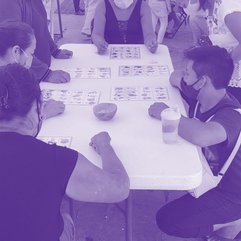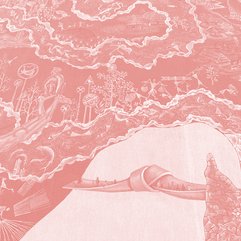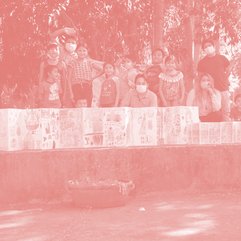Chipko
I have always loved the Himalayas. I grew up in the foothills and later I traversed across many of its great landscapes and its lofty glacial peaks, lush meadows full of magical indigenous flowers and most importantly its awe inspiring trees. So when I heard about the loggers and contractors I scrambled up the mountain to see for myself as to what was happening to its endangered forests. (...)
(...) A Himalayan woman who practiced Gandhian principles invited me to participate. She took me to her village to partake and record a unique non-violent demonstration of tree hugging to protect them from being felled down. It was an all female operation that day and their intervention was to drive home a point that they could stop the loggers by their peaceful persistence. This is how I came upon the Chipko movement of the Himalayas that took place in the early 90’s. Chipko literally means to embrace or to hug. I previously had an idea of the spiritual protection of forests and animals by villagers in northern India as I had been in areas where the first Chipko movement had taken place in a village called Khejarli in 1730 AD in the Jodhpur district of Rajasthan. In this instance, the villagers of the Bishnoi community led by Amrita Devi had sacrificed their lives while protecting green khejri trees considered sacred by the community by hugging them.
Today, Chipko is seen as an ecofeminism movement. Although many of its supporters were men, women were not only its backbone, but also its mainstay, because they were the ones most affected by the rampant deforestation, which led to a lack of firewood and fodder as well as water for drinking and irrigation. Women's participation in the Chipko agitation was a very novel aspect of the movement. The forest contractors of the region also doubled up as suppliers of alcohol to men of the area who spent their entire day gambling, playing cards and drinking while women toiled in the fields and forests irrigating and gathering wood. Women held sustained agitations against the habit of alcoholism and broadened the agenda of the movement to cover other social issues. The movement achieved a victory when the government issued a ban on felling of trees in the Himalayan regions for fifteen years until the green cover was fully restored. One of the prominent Chipko leaders, Gandhian Sunderlal Bahuguna, took a 5,000-kilometer trans-Himalaya foot march in spreading the Chipko message to a far greater area. Gradually, women set up cooperatives to guard local forests, and also organized fodder production conducive to local environments.
— Pamela Singh, Courtesy sepiaEYE, NYC.
















